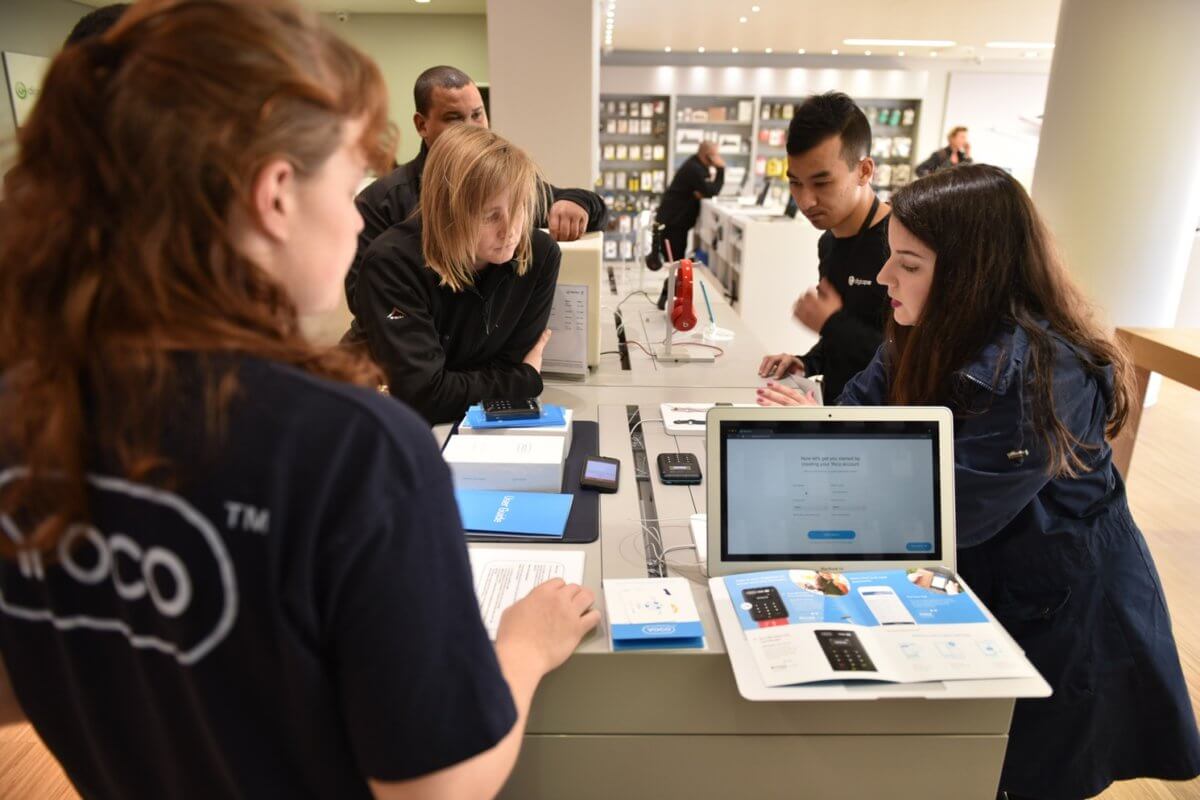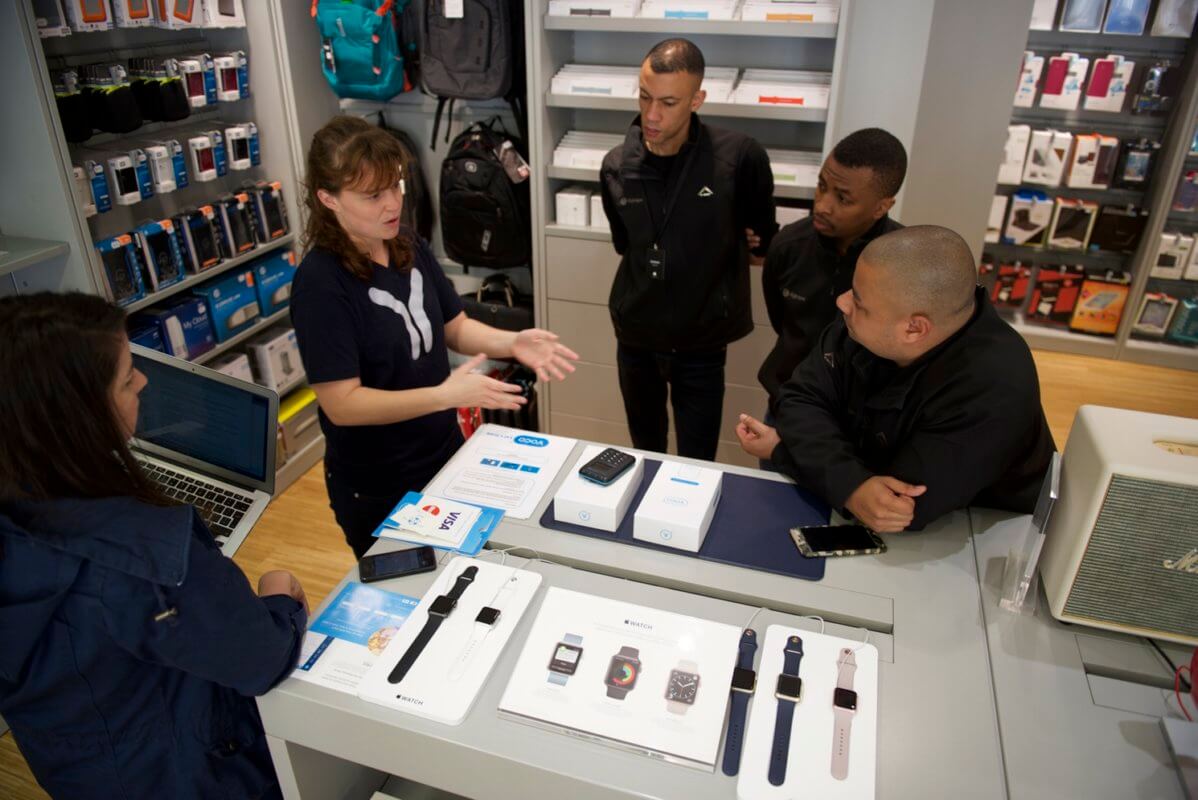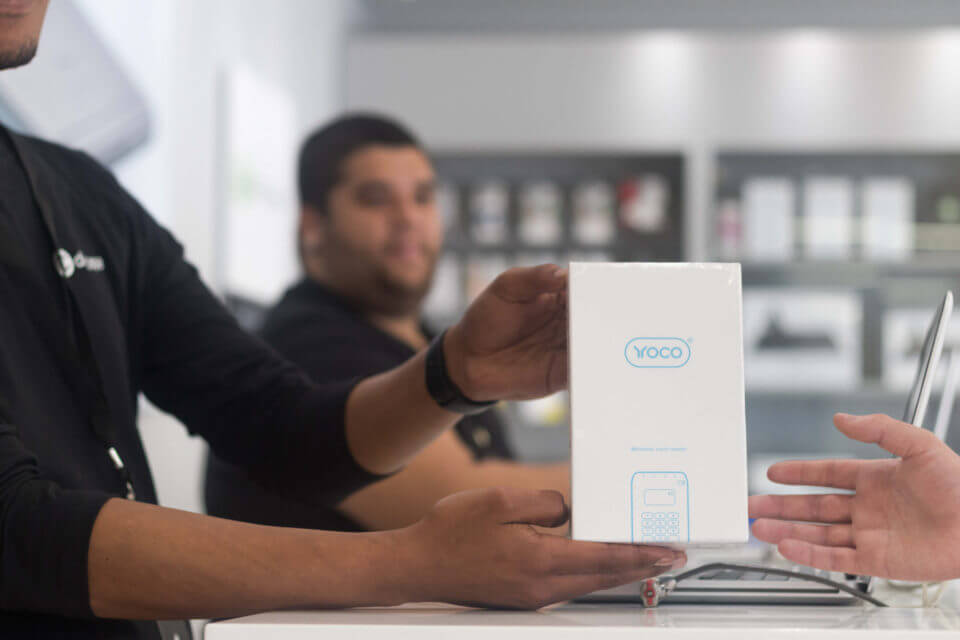1. Find the right partners
We know it’s tempting to try and get your product in everywhere and anywhere you can. However keep in mind the closer the link between your product and the store the more you’re likely to sell. For example if you sell custom bowties, selling at a suit establishment would make more sense than at a swimwear store. Similarly if your brand is all about simplicity and clean lines, selling in a urban graffiti’d environment might not be your best bet. Store-brand fit is important. You ultimately want customers visiting the retail space to feel as though your product fits in naturally with what they expect from their shopping experience. Additionally, selling your products at a “complimentary” store is a great way to enter a new market. At Yoco we selected Digicape as one of our retail partners as they sell smartphones and tablets, which are needed to accept payments with Yoco.
2. Staff Training
Make sure the staff at the retail store are clued up on your product or brand. If there’s a story behind your product, share it with them. If your product is technical, make sure the staff know how it operates so that they’re able to explain it to customers.
We conducted training at the Digicape Gardens branch for eight of their staff members. Belinda and Simone from the Yoco team filled them in on what Yoco is all about. This included how it helps businesses (product benefits), how it works and how to answer tricky frequently asked questions. Remember – you know your product the best so it’s key to transfer this knowledge, event the things that may seem obvious.
It was a very hands-on session and we learned that allowing people to engage with the product is the best way to teach. Simone and Belinda also found that a relaxed environment led to quick learning. The opportunity to ask lots of questions and chat about the answers (as opposed to structured learning) allowed the staff to get to know the product better.
3. Let people know where you are
Make sure your existing community, and potential customers, know that they can find you at this new location. This is important as you may have customers who are willing to buy, but could not previously get to where your products were sold. There’s a few inexpensive ways you can go about this:
Collateral
Posters or signs in the physical store will let customers who are already there know that your product is there too. Make sure this is part of your agreement with your retail partner, as it is a great way to capitalise on the store’s customer base and attract a new audience to your product.
It’s also good to include some brochures on or near the product display, so that customers can find out more about your product – and have something to take home if they do not purchase straight away.
At Yoco we amended our collateral slightly to help with store – brand fit. Because Digicape has a clean and sleek look and feel, we adapted our posters and brochures so that customers have a smooth shopping experience.

Online
Your social media pages are an interactive way to let your community know that they can now find your products in more places.
Including this information on both your and your retails partner’s websites is also good for creating awareness. Be sure to include this as part of your retail agreement, as the retail store’s website is a good place to create awareness of your product in a new audience.
Newsletters
If you send out a weekly / monthly newsletter to your existing base, this is also a good place to include the fact that you’re now available in retail stores. Be sure to include both your and the retails store’s logos to create familiarity with your customers.
4. Packaging and display
A big learning for us was to ensure that your product / packaging stands out in the store. The Yoco launch kit boxes are white and don’t draw much attention, as previously we only sold through our website. This meant that customers saw images of the actual card machines for sale, and not the packaging they came in (so there was no need for the packaging to be eye catching).
However this is not the case when selling in a retail environment. Product packaging is one of the first things that people notice, so make sure yours stands out in the crowd. We created a bright blue sleeve to fit over the launch kit, so that it’s more noticeable in store.
Within the store, get your products to be displayed where there is maximum customer traffic and eyeballs.
Want to check out Yoco at Digicape? Pop in to their store in Gardens, Cape Town. Watch this space for expansion to more stores – coming soon!



